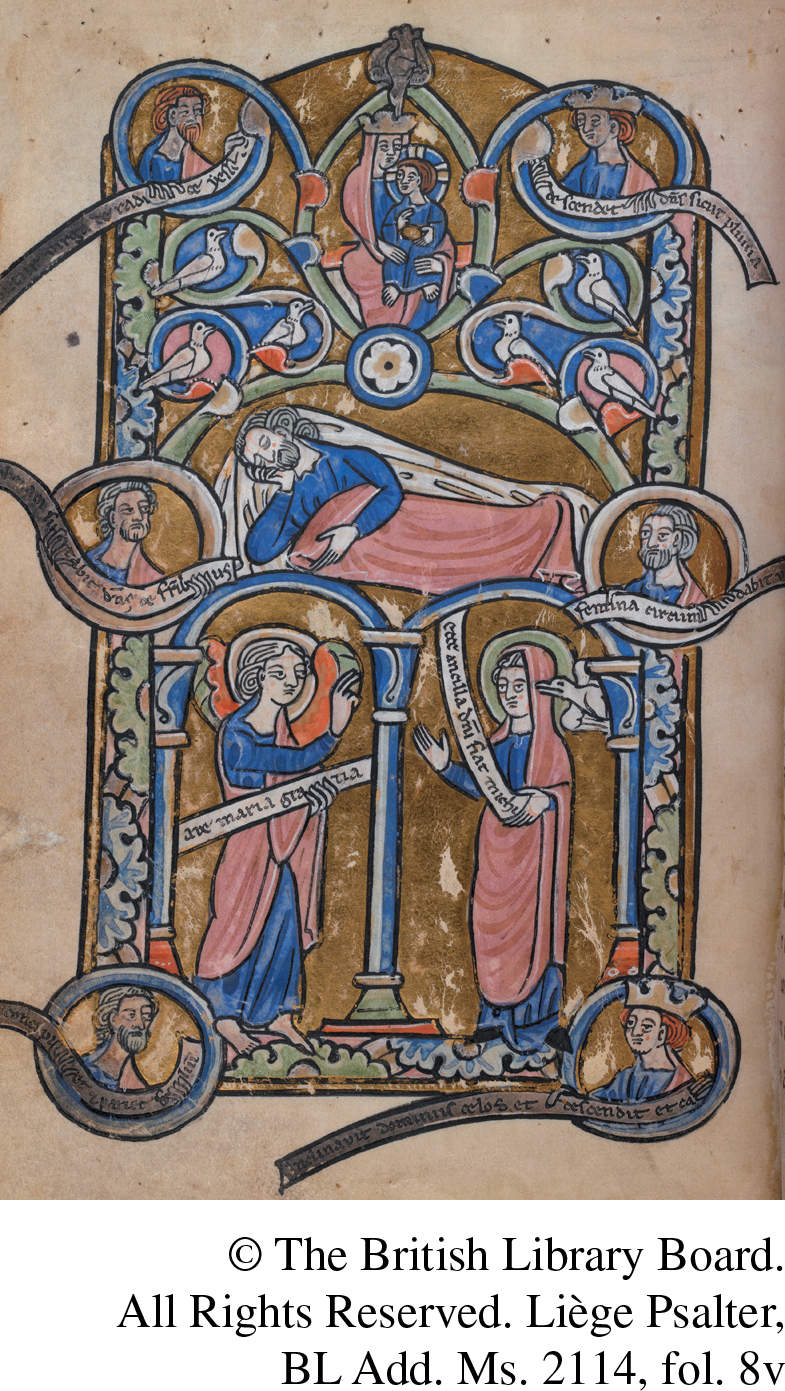New Religious Orders in the Cities
Printed Page 368
Important EventsNew Religious Orders in the Cities
The quick rebuilding of the cathedral at Chartres reveals the religious fervor of late-twelfth-century city dwellers. This helps explain the new religious orders that appeared in the cities. The church accepted many new orders; some, however, so threatened the established doctrine and hierarchy that they were condemned as heresies.
St. Francis (c. 1182–1226) founded one of the most successful of the movements within the church, the Franciscans. Son of a well-to-do trader in the city of Assisi in Italy, Francis began to experience doubts, dreams, and illnesses that spurred him to religious self-examination. Eventually, he renounced his family’s wealth, put on a simple robe, and went about preaching penance to anyone who would listen.
Clinging to poverty as if, in his words, “she” were his “lady” (and thus borrowing the vocabulary of chivalry), Francis accepted no money, walked without shoes, and wore only one coarse tunic. He brought religious devotion out of the monastery and into the streets. Intending to follow the model of Christ, he received, as his biographers put it, a miraculous gift of grace: the stigmata, bleeding sores corresponding to the wounds Christ suffered on the cross.
By all accounts Francis was a spellbinding speaker, and he attracted many followers. Because they went about begging, those followers were called mendicants, from the Latin verb mendicare (“to beg”). Recognized as a religious order by the pope, the Brothers of St. Francis (or friars, from the Latin term for “brothers”) spent their time preaching, ministering to the sick, and doing manual labor. Eventually they dispersed, setting up fraternal groups throughout Italy and then in France, Spain, Germany, England, and the Holy Land.
Francis converted not only men but women. One of these, Clare, formed the nucleus of a community of pious women, that became the Order of the Sisters of St. Francis. At first, the women worked alongside the friars; but both Francis and the church hierarchy disapproved of their activities in the world, and soon Franciscan sisters were confined to cloisters under the rule of St. Benedict.

Clare was one of many women who sought outlets for religious expression. Some women joined convents; others became recluses, living alone like hermits; still others sought membership in new lay sisterhoods. In northern Europe at the end of the twelfth century, laywomen who lived together in informal pious communities were called Beguines. Without permanent vows or an established rule, the Beguines chose to be celibate (though they were free to leave their Beguinage to marry) and often made their living by weaving cloth or tending to the sick and old. Some of them may have prepared and illustrated their own reading materials. (See the illustration of a Beguine Psalter). Although their daily occupations were ordinary, the Beguines’ spiritual lives were often emotional and ecstatic, infused with the combined imagery of love and religion so pervasive in both monasteries and courts. One renowned Beguine, Mary of Oignies (1177–1213), who like St. Francis was rumored to have received stigmata, said that sometimes “she held [Christ] close to her so that He nestled between her breasts like a baby.”
The church tentatively tolerated the Beguines. But other religious movements so contradicted officially accepted ideas that church authorities labeled them heresies. Heresies were not new in the twelfth century. But the eleventh-century Gregorian reform had created for the first time in the West a clear church hierarchy headed by a pope who could enforce a single doctrine and discipline. Clearly defined orthodoxy meant that people in western Europe now perceived deviant religious ideas as a serious problem.
Among the most visible heretics were dualists who saw the world as being torn between two great forces—one good, the other evil. In Languedoc, an area of southern France, the dualists were called Albigensians, a name derived from the town of Albi. Calling themselves “Christ’s poor”—though modern historians have given them the collective name Cathars (from a Greek word meaning “pure”)—these men and women believed that the devil had created the material world. They renounced the world, rejecting wealth, meat, and sex. Their repudiation of sex reflected some of the attitudes of eleventh-century church reformers (whose orthodoxy, however, was never in doubt), while their rejection of wealth echoed the same concerns that moved St. Francis to embrace poverty. In many ways, the dualists simply took these attitudes to an extreme; but unlike orthodox reformers, they also challenged the efficacy and legitimacy of the church hierarchy. Attracting both men and women, young and old, literate and unlettered, and giving women access to all but the highest positions in their church, the dualists saw themselves as followers of Christ’s original message. But the church called them heretics.